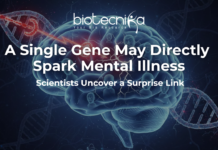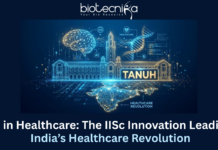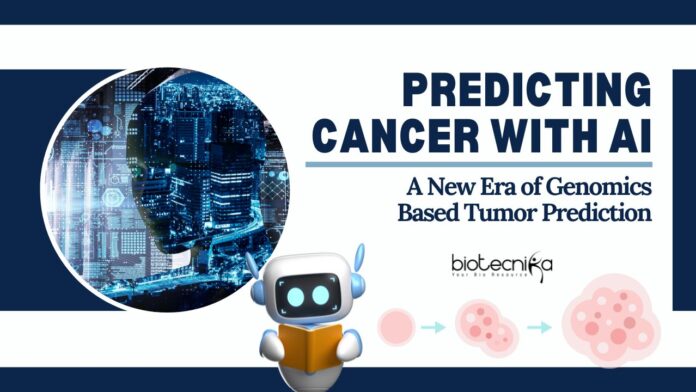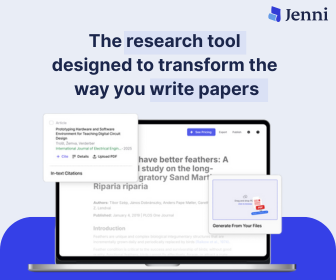Predicting Cancer with AI: A New Era of Genomics-Based Tumor Prediction
In a groundbreaking study, scientists at the University of Maryland School of Medicine (UMSOM) have developed a powerful new tool that simulates how cells behave, enabling the prediction of how cancer develops and how it may respond to treatment. Much like weather forecasting, this method uses genomic data to digitally model how cells communicate, grow, and evolve in real time within tissues.
The research, published on July 25 in Cell, is the result of years of collaboration between software engineers, laboratory researchers, and clinicians. The new approach combines patient genomics with a unique “hypothesis grammar”, a simple language framework that translates biological behavior into computer models. The goal is to build virtual simulations, or “digital twins,” that can mimic how a patient’s cancer may respond to different therapies.
Predicting Tumor Growth Through Genomics
“Traditional genomic methods give us just a single snapshot of cellular behavior,” explains Dr. Jeanette Johnson, Postdoctoral Fellow at UMSOM’s Institute for Genome Sciences (IGS) and co-first author of the study. “But cancer is dynamic. It’s shaped by complex immune system interactions that vary from person to person.”
To get a deeper understanding of how immune cells interact with tumor cells as well as their surrounding environment. The genomic data software used by the team will also help understand the tumor growth and multiple factors associated with tumor cells. This ability to digitally model the evolution of cancer is what sets their work apart.
The Power of Simple Language: ‘Hypothesis Grammar’
A key part of the innovation is the “hypothesis grammar” created by Dr. Paul Macklin, Professor of Intelligent Systems Engineering at Indiana University. This grammar lets researchers describe cell behavior using simple English sentences, which the software then converts into mathematical models. It acts as a bridge between biology and computer code, enabling cross-disciplinary teams to collaborate effectively.
“Not only does this grammar make it easier for scientists from different fields to work together, but it also helps them build complex models that reflect real-life biological systems,” said Dr. Daniel Bergman, Assistant Professor at UMSOM and co-lead author.
From Breast Cancer to Pancreatic Tumors: Real-World Testing
The IGS team utilized this modeling system, incorporating genomic data from real patient samples, to study breast and pancreatic cancers. In breast cancer, their simulations showed how the immune system can sometimes fail to stop tumor growth and may even support cancer spread.
The model was further used to simulate an actual clinical trial for pancreatic cancer, a cancer known for being tough to treat. Using spatial transcriptomics data from untreated pancreatic tissue, the simulation predicted different patient responses to immunotherapy. This revealed how the tumor’s surrounding environment, especially fibroblasts (supporting cells), influences treatment outcomes.
“Pancreatic tumors are often wrapped in dense fibroblast layers, which can block treatment,” said Dr. Johnson. “Our model showed how these fibroblasts interact with tumor cells and helped track tumor growth using patient data.”
A Safer, Cheaper Way to Test Hypotheses
One of the most significant advantages of this predicting cancer with AI models are that it allows scientists to test their ideas without requiring additional lab experiments or putting patients at risk.
Dr. Johnson mentioned that we can practically observe how the immune system works by using patients’ data available, and this will help us understand most of the ‘what if’ questions researchers and doctors face in testing new therapies. This can be now virtually visualized and will give us further insights.
A Shift from Forecasting Weather to Forecasting Cancer
Dr. Elana J. Fertig, Director of IGS and Professor of Medicine and Epidemiology at UMSOM, led the study alongside Dr. Macklin and others. With a background in weather prediction, Dr. Fertig believes many of the same principles can be applied to cancer modeling.
She mentioned that, “There’s so much about biology we still don’t understand. But by integrating these models with genomic data, we now have a virtual lab to test how biological rules play out over time.”
From Cancer to the Brain: Broader Applications
This modeling approach isn’t limited to cancer. Dr. Genevieve Stein-O’Brien, Professor of Neuroscience at Johns Hopkins School of Medicine, applied the same framework to simulate how layers of the brain form during development.
Making the grammar open-source allows researchers worldwide to build their models. “We’re helping set a new standard for how such models can be used in biology,” said Dr. Bergman.
Future Potential of Predicting Cancer with AI
Dr. Mark T. Gladwin, Dean of UMSOM, sees enormous potential in the study. “With these simulations, we can now design digital twins and run virtual clinical trials. This could even transform how we develop and personalize cancer therapies.”
The project has garnered support from institutions such as Johns Hopkins University and Oregon Health Sciences University, and is backed by the National Foundation for Cancer Research, the National Cancer Institute (NCI), and other reputable organizations. The team is now working to expand the integration of genomics and modeling through the NCI’s Informatics Technology in Cancer Research Consortium.
This pioneering predicting cancer with AI approach could soon become a cornerstone of precision oncology, offering a safer, faster, and more personalized way to fight cancer.























